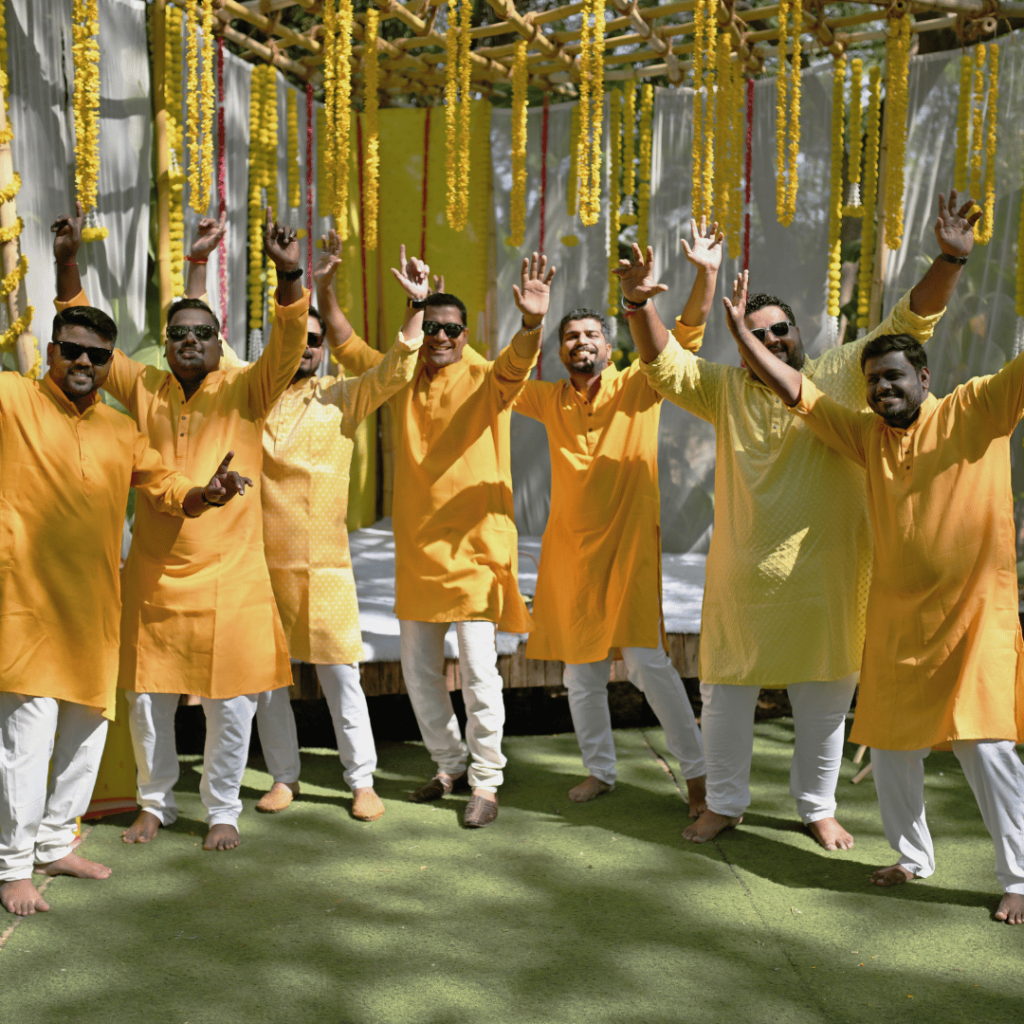Henna Celebrations Across The Globe:Origion And History
Let me guess, you have come to know about the art of mehndi or henna and you want to explore more about its origin, history, and henna ceremony in different cultures, then you are at the right place.
In this article, we will cover all these things and will enjoy the journey from a history to today world traditions in different countries.
Mehndi, a beautiful art form celebrated worldwide, is more than just an intricate design painted on the skin.
It is a symbol of cultural richness, tradition, and celebration.
The Origins of Mehndi A Historical Perspective
The Ancient Origins of Mehndi
- Mehndi, or henna, has been used as a form of body art for centuries.
- Its roots go back to ancient Egypt, where it was used for beauty and medicine.
- Even Cleopatra, the Egyptian queen, is said to have decorated herself with henna.
- Pharaohs, or Egyptian kings, were buried with henna on their nails as a symbol of eternal life.
Mehndi in South Asian Culture
- In India and Pakistan, mehndi has been a part of culture and tradition for over 5,000 years.
- It is thought that the art of mehndi spread from the Indian subcontinent to the Middle East and North Africa.
- Traders and travelers along the Silk Road helped spread mehndi to new places.
Mehndi’s Cultural Evolution
- Mehndi designs have changed over time, influenced by different cultures and regions.
- While the basic practice of using henna remains the same, designs vary from simple lines to detailed patterns.
- Each culture has added its own style to mehndi, but it remains a universal symbol of joy and celebration.
Cultural Significance Why Mehndi is More Than Just Body Art
Mehndi is more than just an art; it holds deep cultural meanings.
In many cultures, it represents joy, prosperity, and protection from negative energies.
It is often applied during important life events like weddings, births, and religious festivals, adding beauty and grace.
The Special Role of Mehndi in Weddings
An Indian and Pakistani wedding is incomplete without mehndi as it is a deep-rooted tradition all over Asian cultures.
The mehndi ceremony, or “Mehendi Ki Raat,” is a joyful pre-wedding event where the bride’s hands and feet are decorated with intricate designs.
A darker henna stain is thought to bring good luck and symbolizes deep love and future happiness for the couple.
Friends and family join the celebration, wearing henna and dancing to traditional music.
Some important Mehndi Festivals
Mehndi is an important festival during Eid or Diwali and celebrations are incomplete without it. People gather and share stories, and it doubles the happiness of the festival. All over the world here are important mehndi festivals.
Mehndi Festivals Worldwide
Indian Weddings
The mehndi ceremony is a joyful event. The music and dance is performed.
The bride’s hands and feet are decorated with mehndi flowers. The friends and family gather and they decorate their homes and celebrate. The food and souvenirs is presented to guests and the Mehndi rasam ” Henna rasam” is performed.
The bride’s hands are covered with money or leaves to avoid henna stains and the mehndi is designed by professionals.
Rasam e Henna
It starts by applying mehndi on the bride’s hand and after that guests are served food and gifts. They dance and celebrate that day and the bride receives gifts from Groom’s side. The mehndi is performed a few days before the wedding day, it’s preparation for the wedding day. The haldi rasam can also be done and the tumuric is applied by mixing with oil. overall it’s a joyful and beautiful experience to witness.


Here are some more vibrant colors of the Mehndi festivals.
Turkish wedding Kina or Henna Night
The Turkish wedding henna or kinna festival is celebrated as a Turkish tradition and the bride and her family gather and dances are performed. They apply mehndi or henna on the hands and the henna is sealed and covered.
Henna in North Africa, the Middle East, and North Africa
In the hair of a mummy of Egyptians dating back to 3400 BCE (5.400 years ago!) was the earliest use of henna. She dyed her hair with what we now call “extensions”. The hamsa is an ancient design that’s still very popular. It’s a hand with a central eye. The “evil eye”, a curse caused by staring, is said to be warded off with this design. This is an example of Moroco Henna Design.
These consist of triangle patterns, and Africans use white strips that are removable, and these are mostly straight lines, sometimes triangles and geometric shapes.
Conclusion
All over the globe, mehndi is an art and celebrated, presenting joy, beauty, and celebration. It combines traditions with elegance and shows the personality of the person.
If you want more inspiration, consider mehndiya.com and enjoy the latest trends and updates about mehndi designs and the latest trends related to all festivals, in all countries.





















